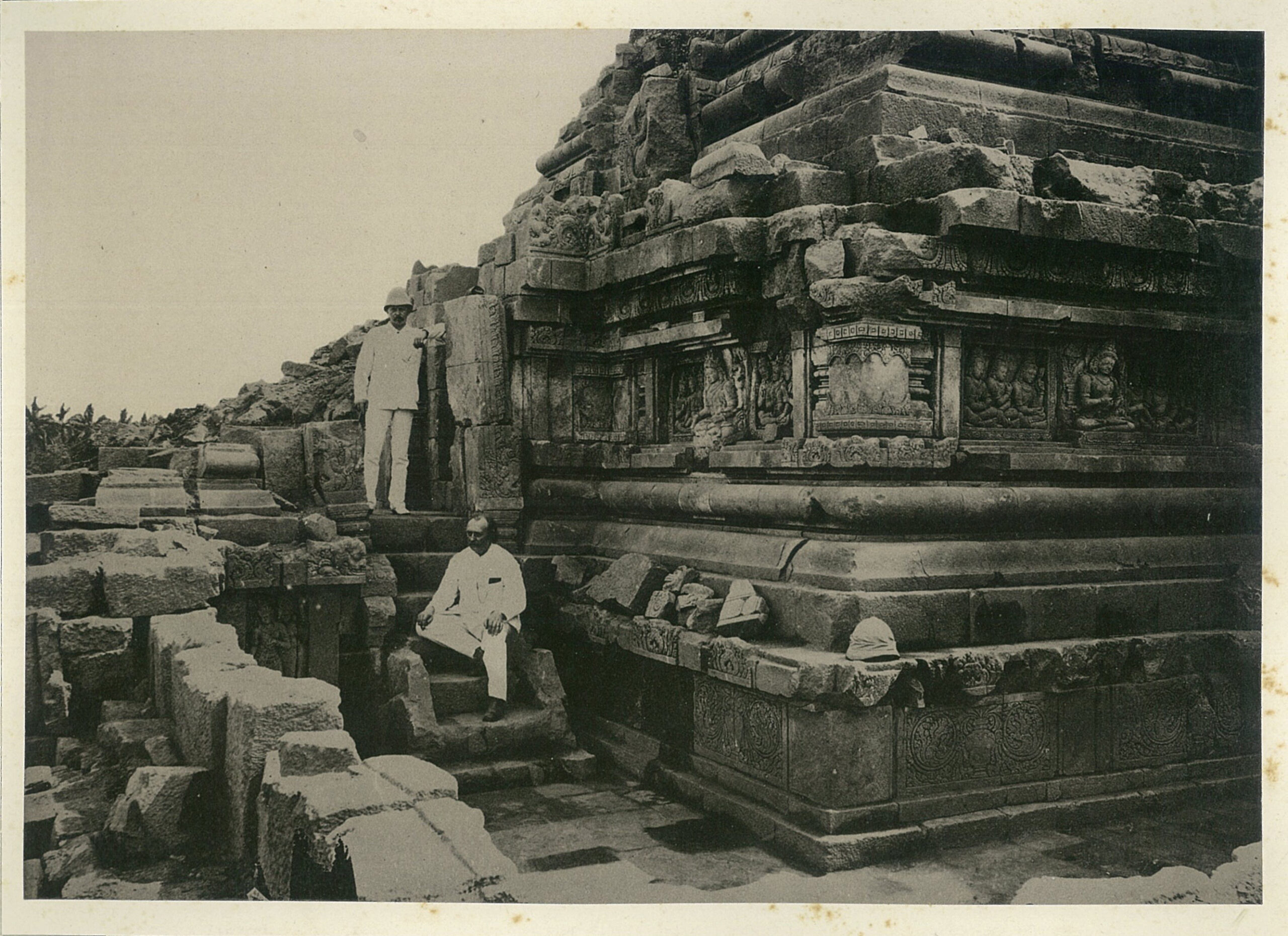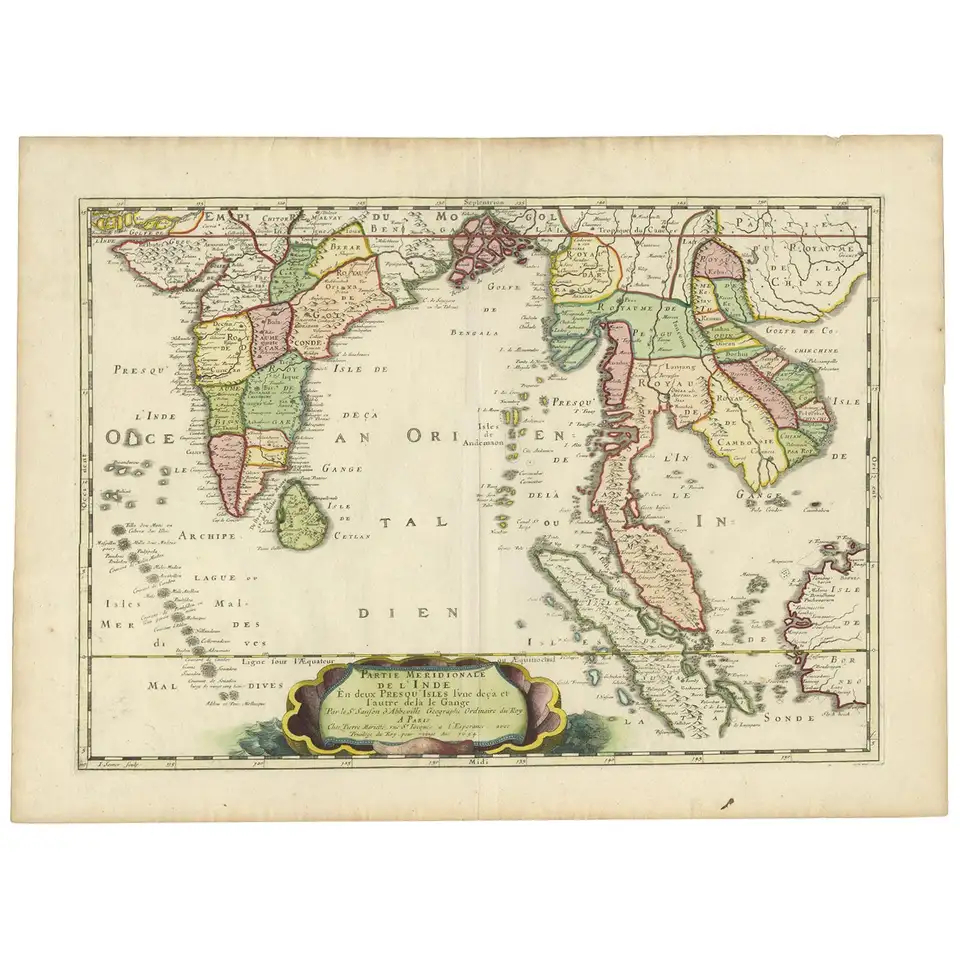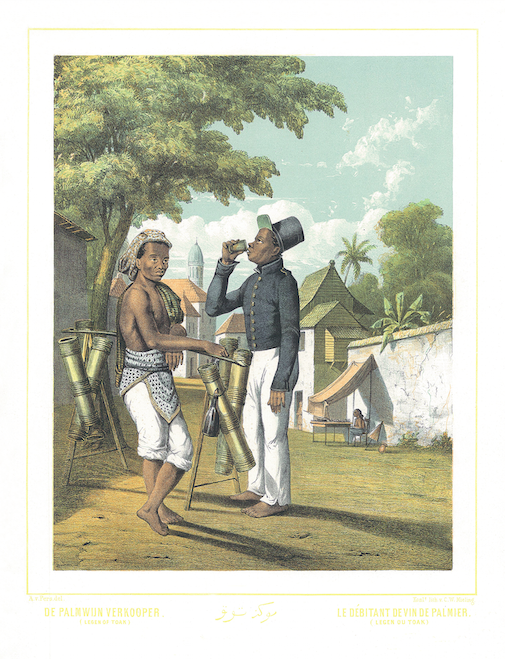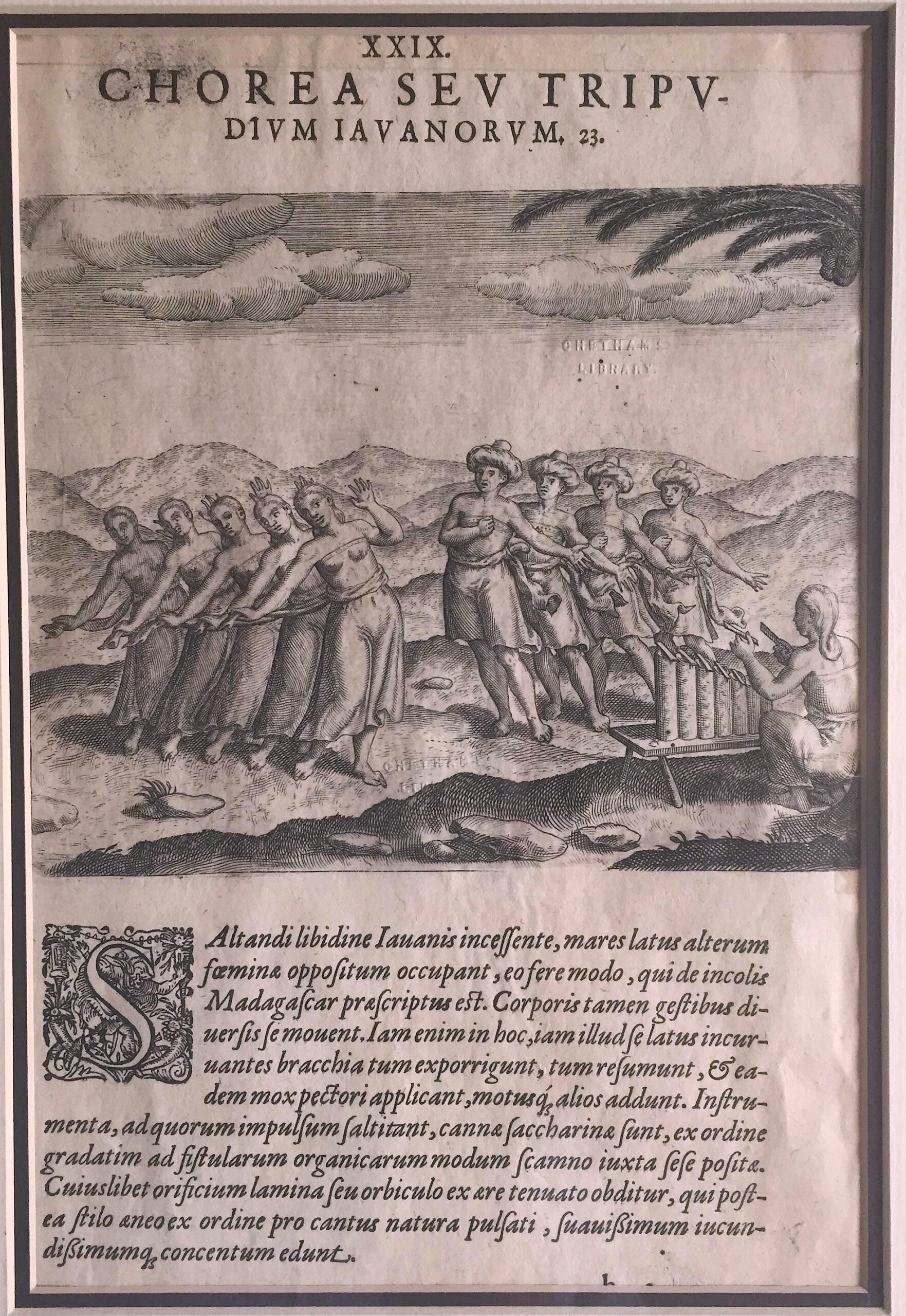Prambanan Temple Yogyakarta II (1893)
Prambanan temple Yogyakarta Indonesia, 1893
Original 1893 photographs of the rediscovery of the Tjandi Prambanan temple, taken by the “Dutch Indies Royal Institute of Linguistics and Anthropology”
The temple was first built at the site around 850 CE by Rakai Pikatan and expanded extensively by King Lokapala and Balitung Maha Sambu the Sanjaya king of the Mataram Kingdom. An eruption of Mount Merapi volcano, located north of Prambanan in central Java, or a power struggle probably caused the shift. That marked the beginning of the decline of the temple. It was soon abandoned and began to deteriorate. The temples collapsed during a major earthquake in the 16th century. Although the temple ceased to be an important center of worship, the ruins scattered around the area were still recognizable and known to the local Javanese people in later times.
The Javanese locals in the surrounding villages knew about the temple ruins before formal rediscovery, but they did not know about its historical background. The temple attracted international attention early in the 19th century. In 1811 during Britain’s short-lived occupation of the Dutch East Indies, Colin Mackenzie, a surveyor in the service of Sir Thomas Stamford Raffles, came upon the temples by chance. Although Sir Thomas subsequently commissioned a full survey of the ruins, they remained neglected for decades. Dutch residents carried off sculptures as garden ornaments and native villagers used the foundation stones for construction material.
Half-hearted excavations by archaeologists in the 1880s facilitated looting. In 1918, the Dutch began reconstruction of the compound and proper restoration only in 1930. Efforts at restoration continue to this day. The reconstruction of the main Shiva temple was completed around 1953 and inaugurated by Sukarno. Since much of the original stonework has been stolen and reused at remote construction sites, restoration was hampered considerably. given the scale of the temple complex, the government decided to rebuild shrines only if at least 75% of their original masonry was available. Most of the smaller shrines are now visible only in their foundations, with no plans for their reconstruction.
We have more antique photographs of the Prambanan in our collection, interested?, send us an email.
Good condition, mounted to paper, 21,5 x 15,3 cm, (photograph).
Purchase Code: P1093/AAAL
8.750.000 IDR incl. frame
510,00 Euro incl. frame
590,00 USD incl. frame




